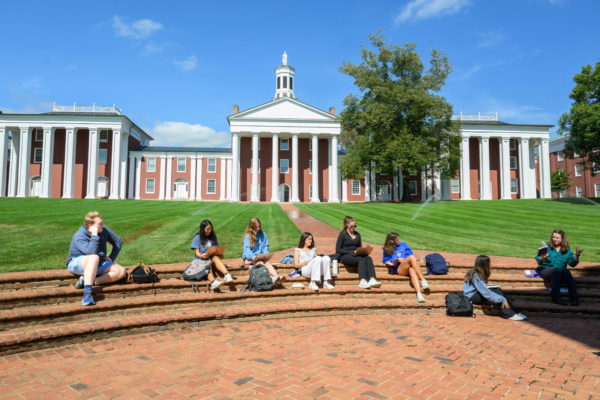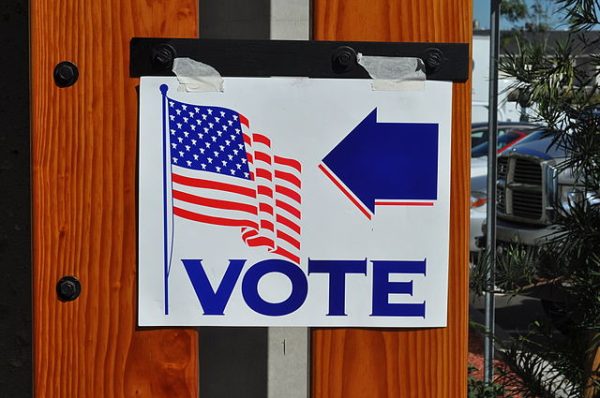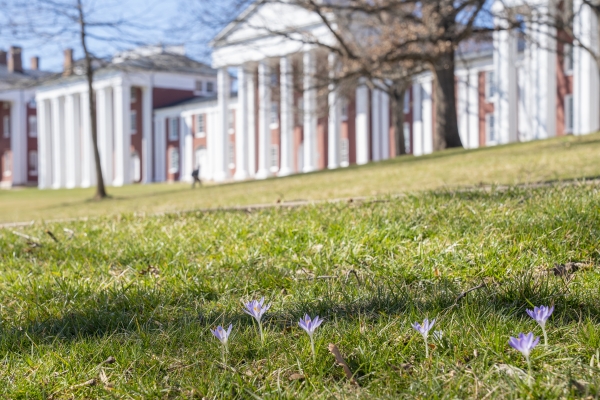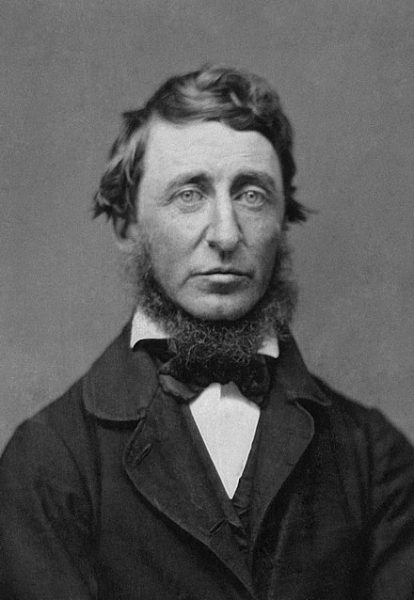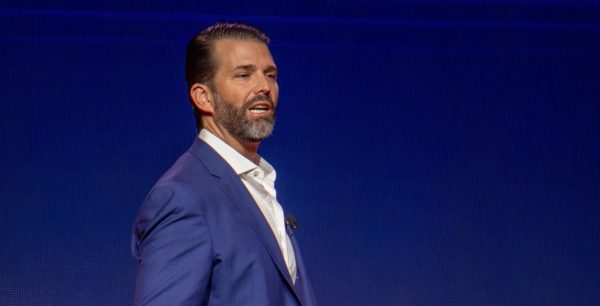What would Justice Powell do?
As the Supreme Court moves to strike down affirmative action, how will we foster a diverse student body?
May 8, 2023
This summer, the Supreme Court will once again rule on the constitutionality of affirmative action. The Court’s decision will likely overturn 45 years of precedent, declaring the practice unconstitutional.
The result of these two cases, Students for Fair Admissions, Inc. v. President and Fellows of Harvard College and Students for Fair Admissions, Inc. v. The University of North Carolina, will be a true blow to the progress made in the past half-century. But it will also prompt admissions officers nationwide to find alternative ways to create diversity on their campuses. All colleges, including Washington and Lee, must be up to this challenge.
In 1978, the Supreme Court ruled in the landmark case Regents of the University of California v. Bakke that affirmative action is constitutional. Allan P. Bakke wanted to go to medical school, but was rejected twice by the University of California, Davis. The university used racial quotas in admissions to reserve 16 out of 100 seats for “qualified” minorities. Bakke, a white man, sued for racial discrimination.
Bakke divided the court in half. Four justices felt that an admissions policy that considers race violated the Constitution, while the other four argued that race-conscious policies were legal. Justice Lewis F. Powell wrote a plurality opinion threading the needle between the two groups, declaring some policies constitutional.
According to Powell, quotas are unconstitutional, and righting a wrong of historic oppression is an insufficiently compelling reason to justify race-based discrimination in affirmative action policies. But Powell said the importance of diversity in higher education institutions is compelling enough to defend the constitutionality of affirmative action. He cast the deciding vote, which upheld race-conscious admissions practices.
Overall, affirmative action has largely furthered that goal of diversifying the student population. According to a 2022 New Yorker article, in 1976, white students made up 83% of all university students. In 2016, they made up 57%. In that same period, Black students increased from 10% to 14% and Hispanic student population more than quadrupled from 4% to 18%.
Some might say diversity would have occurred naturally. Like UCLA where, according to the associate vice chancellor of equity, diversity, and inclusion, there was an approximate 50% decline in Black and Latino students after the ban went into effect, NPR reported.
Critics of affirmative action argue that admitted students are given a “special chance” that they don’t deserve based on their merits. That couldn’t be further from the truth.
William Bowen and Derek Bok conducted the most rigorous statistical analysis of race-conscious admission standards in 1998. Their research showed overwhelmingly that affirmative action admits were just as successful during college and afterward as their white counterparts. Bowen and Bok concluded that race-conscious admission policies were “highly successful.”
Affirmative action is not about giving special privileges, but giving what is deserved and earned. This means not penalizing students based on something that is entirely out of their control.
If Bakke is overturned, what will colleges do to diversify their student body? Justice Powell is not the only one to recognize diversity’s importance. According to the American Council on Education, diversity in colleges enriches educational experiences, promotes personal growth, and enhances America’s economic competitiveness.
And, according to the results of one Niche survey, the diversity of students in prospective colleges was important to over 80% of 2022 high school graduates.
Diversity of every kind is integral to an educational environment. If affirmative action becomes illegal, racial diversity will take a serious hit. Washington and Lee uses a holistic review process, one that looks at every aspect of a student’s identity, including their race. This kind of review is under threat by the impending decision.
In an interview, Sally Richmond, Washington and Lee’s vice president of admissions, said that getting rid of the holistic review process would significantly impact the diversity of incoming classes.
Richmond said the admission office’s goal is to create a class that can support the mission of the university, a mission that pledges to prepare students for an “engaged citizenship in a global and diverse society.”
According to common data set reports from 2005 to recent years, Washington and Lee went from being comprised of 87% white students to 74%. In that same period, Yale went from 73% to 35.6%, and Williams College from 67.4% to 47%.
Our holistic review process is working, yet we trail behind other leading institutions. The university has a long way to go to fulfill its mission of preparing students for a diverse society. And it will be a lot more difficult to achieve if the university is unable to use the holistic review process.
There are some alternatives to affirmative action that colleges have been using or are considering using in the future. Texas’s “Top Ten Percent” model is one. Colleges commit to admitting the top ten percent of any high school regardless of the district. Another alternative is committing to a diverse student body with respect to income.
The argument is boils down to this: since wealth disparities and racial inequalities in America are intertwined (practically synonymous), using race-blind admission standards that focus on the diversity of income could also achieve racial diversity.
That’s what Richard Khalenberg, an expert witness in the Students for Fair Admissions cases, says. He defended his position in an Atlantic article as a liberal who is against affirmative action. He hopes that the overturning of Bakke will force colleges to become recommitted to socioeconomic and racial diversity. I’m skeptical of his argument, and so are experts in the field.
Income and wealth are two different metrics, and while income is easy to measure and report on an application form, wealth is much harder to capture in just a couple of questions. While in the same income bracket, two families can have vastly different amounts of wealth, and that is a much greater inhibitor to upward mobility and much more tied to racial inequality.
Sean Reardon, Stanford professor of inequality in education, claims that if colleges want racial diversity, they have to be willing to look at race. If they want both racial and socioeconomic diversity they have to look at both. They can’t use one as a proxy to get the other. I think he is right.
It is a big task to preserve diversity without Bakke. There is no clear right answer. Richmond said the use of different factors like income and zip codes as a proxy to race is essentially stereotyping a student, and is fundamentally opposed to the holistic review process Washington and Lee uses.
And that is where the true tragedy in this story lies. While colleges attempt to preserve diversity in the coming years without being able to consider race, deserving students will be lost in the shuffle.
Affirmative action was not a fix-all for racial inequality in education. But for the students who earned a spot in the most elite colleges and were recognized for it, affirmative action has been a tremendous equalizer.
Justice Powell was a graduate of Washington and Lee, both in undergraduate and law. He recognized the importance of diversity in higher education. He wrote a powerful decision bringing together two polarizing ideologies.
With his decision, he taught an important lesson: the value of thinking broadly, looking for creative solutions, and bridging divides while preserving essential values.
In a way, Washington and Lee is tied to the history of affirmative action through the legacy of one of our most famous alumni. This is a responsibility we should all embrace.






